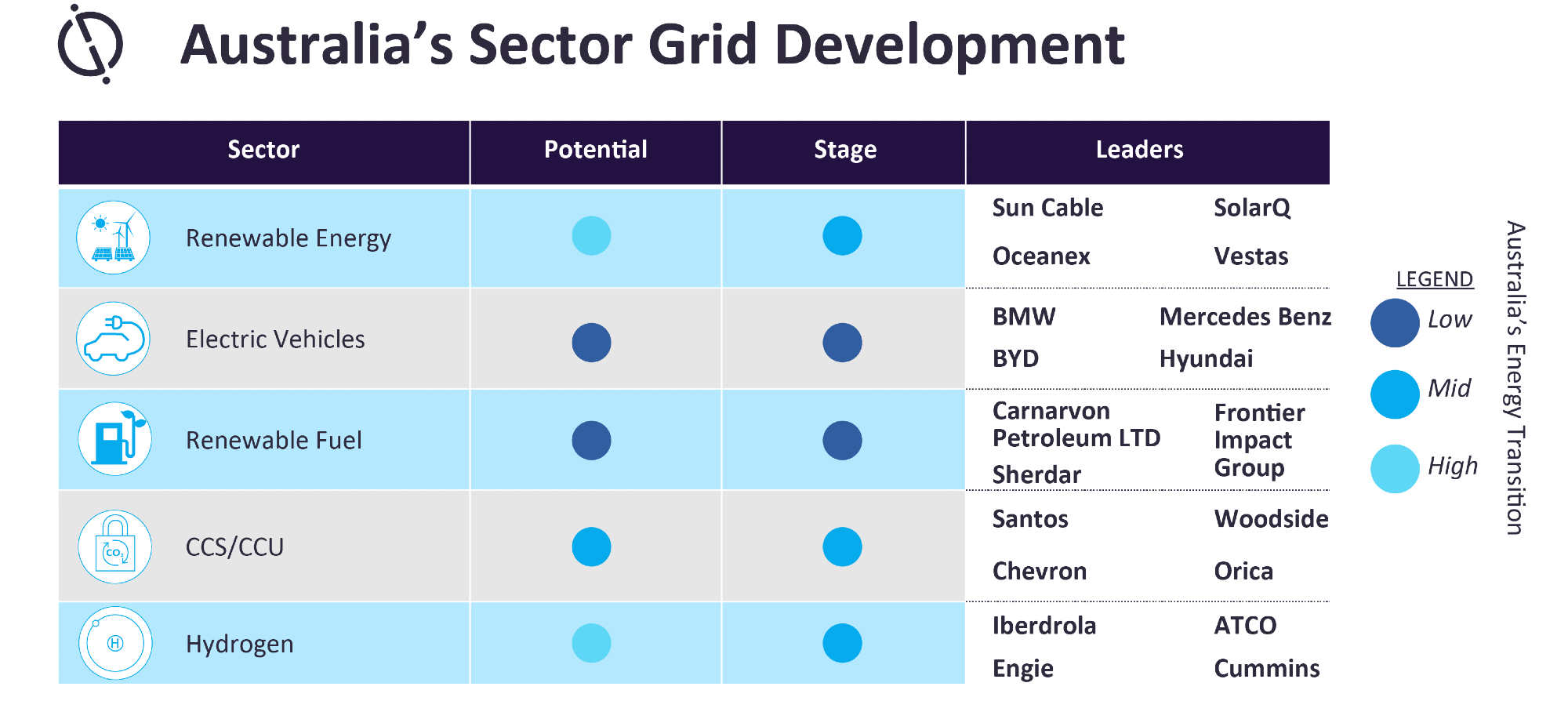In a bid to meet its target of zero emissions by 2050, Australia has come up with decarbonizing actions ranging from adopting electric vehicles to developing ethanol facilities to support the chemical industry, encouraging renewable refineries for the growth of biofuels. Furthermore, the country plans to increase its carbon capture and storage projects and develop low carbon hydrogen markets across all industries, says GlobalData, a leading data and analytics company.

Image Credit: GlobalData Power Intelligence Center
On the power side, Australia is to expect a gradual increase in both renewable energy capacity and generation, specifically solar and wind energy, shaping a low carbon power scenario for 2050. For example, in 2020, power capacity was dominated by thermal power with over 40% share with coal thermal power dominating the segment, as opposed to approximately 29% in 2030. Furthermore, in 2020, over 70% of power generation was sourced from thermal power, with coal dominating once again. This is to reduce by just over half by 2030.
Tosin Coker, Upstream Analyst at GlobalData, comments: “Even though the country does not have a specific coal-phase-out policy, more plants are being decommissioned. This trend is to continue over the next decade, and thus the emissions from the thermal power sector will reduce gradually. As part of its strategy to reduce emission from thermal sources, the country currently has two renewable refineries in the works, one of which aims to produce 500,000 tonnes/annum of renewable fuels”.
Other movements include carbon capture and storage (CCS) and hydrogen. CCS is critical for the transitioning into a low-carbon future and thus achieving the net zero goal. Australia has agreed to invest around $300 million towards CCUS projects over the next 10 years. Currently, there is one active CCS project: Gorgon Carbon dioxide Injection project, which is the largest in the world and one under construction-FID was taken last year; the Moomba CCS project.
The growth of renewable hydrogen can help the country reach its goal of zero emissions. The development of this market has been accelerating due to the support in policies and projects. The outlook for the Australian power market promises a significant growth in renewable hydrogen reaching up to 8 million tonnes/annum by 2030. Australia has been one of the top three exporters of hydrogen in the APAC region and looking forward to continuing this trend within low carbon hydrogen, as it accounts approximately for 20% of the total global capacity.
Coker adds: “Australia is making a number of steps to meet the zero emissions target, and as a result, the growth of renewable energy in the country is on the rise. However, lack of early policies, strategies and incentives have caused delay in adopting electric vehicles and renewable fuels.”
Encouraging the use of clean hydrogen is one of Australia’s main goals, which aligns with the vision of zero emission by 2050. Hydrogen has become an energy transition technology flagship, with increased interest across multiple sectors. The national and regional strategies, roadmap and incentives are helping to pave the way for more hydrogen technology investments and deployment along the different sectors.
Coker concludes: “Based on the trends and regional policies in place, Australia is on track with certain sectors, such as the power and hydrogen sector, but may struggle with other sectors such as electric vehicles, renewable fuels and CCS/CCU projects. To overcome this, the Australian federal government need to provide specific policies and active projects to meet their 2050 target.”